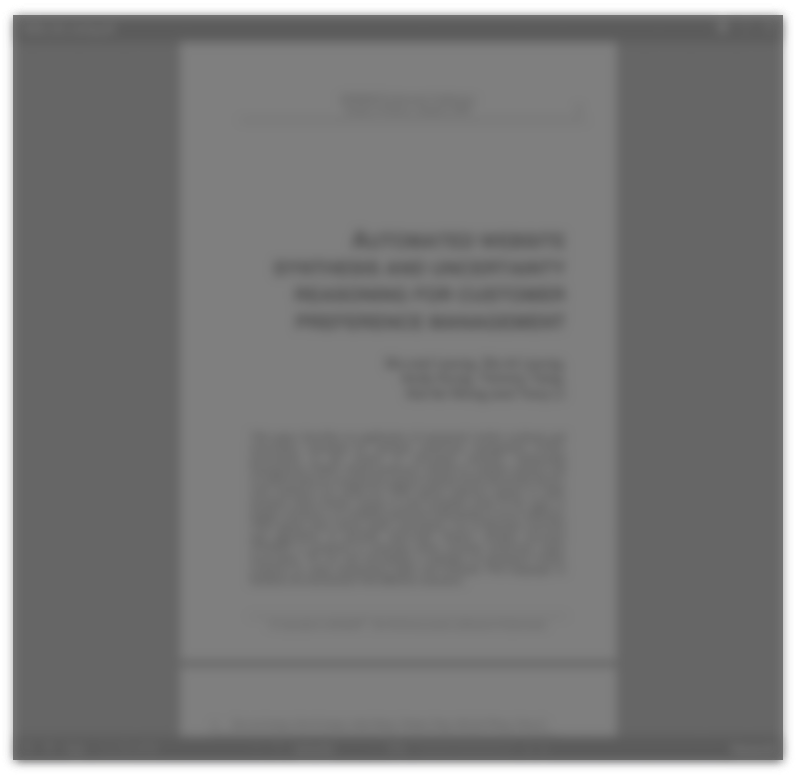Abstract:
By concentrating on viewers' attitudes and opinions, and their behaviour under artificial conditions, research on TV ads has overlooked what happens in people's homes during the commercial break. This paper argues for the use of video. It shows how cameras can be placed inside people's TV sets, and how the material that is collected can be used to answer important questions about the state of the TV set, people's movements in and out of the room during the break, the amount of attention they pay to the screen, and their spontaneous comments about the ads.
This could also be of interest:
Research Reports
 Quality Street TV commercials
Quality Street TV commercials
Catalogue: CRAM/Peter Cooper Archive Collection
Author: CRAM/Peter Cooper Archive
 October 1, 1976
October 1, 1976
Research Reports
 Qualitative research on Grovewood Kitchen Units TV commercials
Qualitative research on Grovewood Kitchen Units TV commercials
Catalogue: CRAM/Peter Cooper Archive Collection
Author: CRAM/Peter Cooper Archive
 January 1, 1976
January 1, 1976
Research Reports
 Qualitative research on Mosaic and R.S.V.P. tv commercials
Qualitative research on Mosaic and R.S.V.P. tv commercials
Catalogue: CRAM/Peter Cooper Archive Collection
Author: CRAM/Peter Cooper Archive
 March 21, 1972
March 21, 1972






